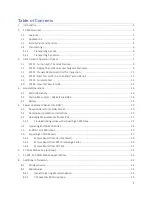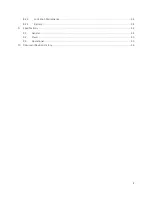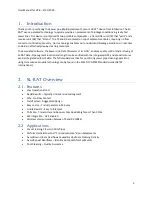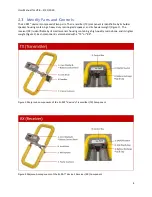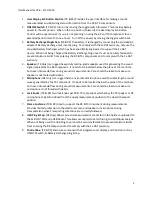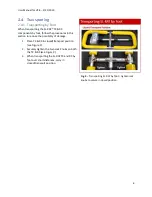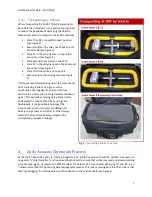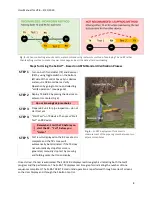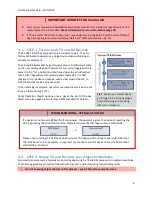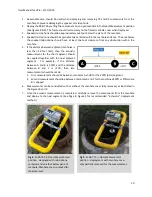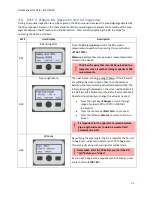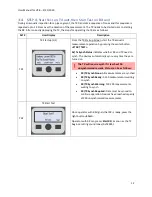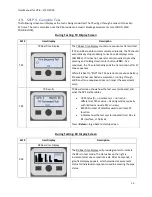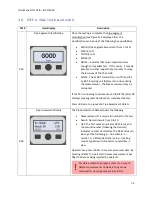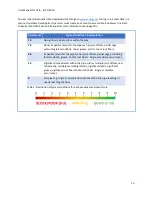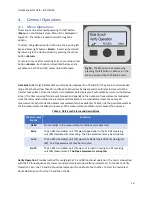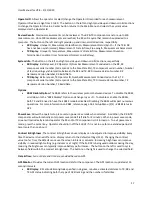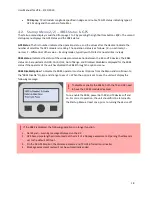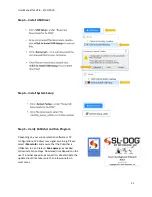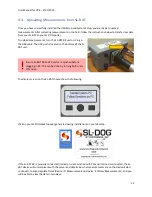
User Manual for V2.8
–
2/21/2020
7
2.4.2. Transporting by Vehicle
When transporting the SL-RAT TX & RX components
by vehicle the procedures in this section are required
to reduce the possibility of damaging the TX & RX
components and to comply with the SL-RAT warranty.
1.
Place TX & RX in closed/transport position
(see Figure 3)
2.
Securely tighten the two Lock Knobs on both
the TX & RX (see Figure 3)
3.
Place TX in the carrying case on top of first
Foam Insert (see Figure 4)
4.
Place second Foam Insert on top of TX
5.
Place RX in the carrying case on top of second
Foam Insert (see Figure 4)
6.
Place third Foam Insert on top of RX
7.
Securely Close the carrying case (see Figure
4)
If dirty, we recommend wiping down the components
prior to placing in the carrying case with a
nonabrasive cleaning agent or damp cloth (see
Section 8.2.1 on General Cleaning Recommendation
–
pg 34)
.
This will reduce fouling of the Foam Inserts
and extend the service life of the carrying case.
Additionally, it is a good habit to inspect the
components prior to transport for damage, for
battery charge level, and for dirt or other foreign
material that may have become lodged in the
microphone or speaker housings.
3.
Daily Acoustic Operation Process
At the start of each day prior to starting inspections, TX and RX operation should be verified. Use menu to
navigate to “Verify Operation” and run one verification test to ensure that units are synced and communicating
correctly (see pg.16 or reference ASTM Standard for details). We recommend deploying TX and RX in an
“inchworm method” for optimizing data management
process. This means moving both the TX and RX, rather
than “leapfrogging” by moving only one of the devices to the n
ext manhole (see figure 5).
Figure 3 Recommended closed/transport position,
and how to tighten knobs to secure for transporting
Figure 4 Transporting SL-RAT by Vehicle
Fig. 4 -
Transporting SL-RAT by Vehicle


